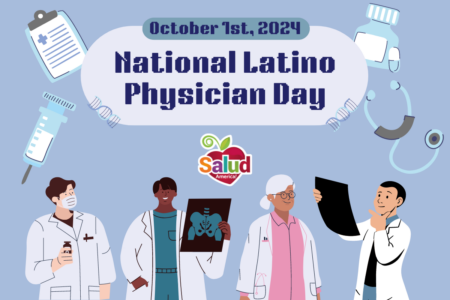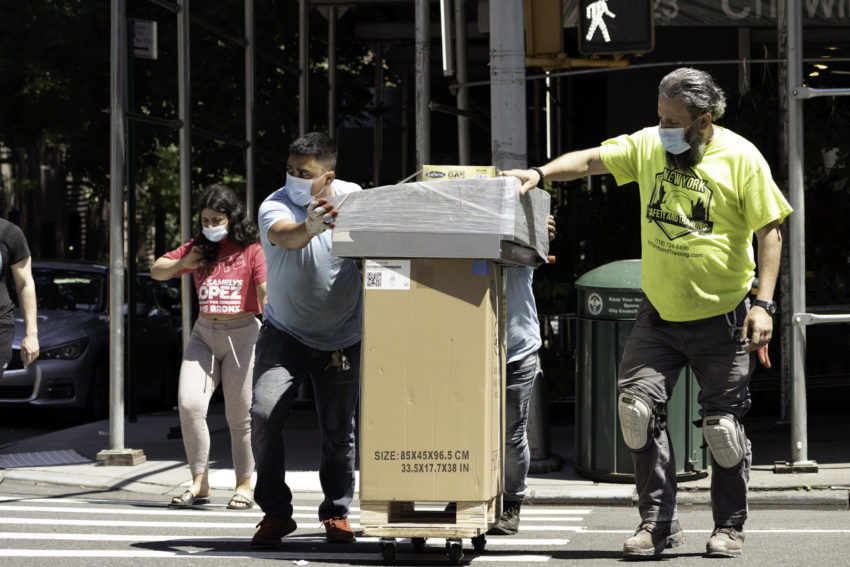
Share On Social!
The COVID-19 death toll has nearly reached 200,000 in America — a number that, at one time, was one of the highest estimates from health professionals.
Nevertheless, America still finds itself in the grips of a pandemic.
Worse, Latinos and other people of color who face the toughest social and health inequities are also experiencing the hardest coronavirus impacts and outcomes across the nation.
This is true in California, where the death rate among working-age Latinos has skyrocketed, according to a recent report from UCLA.
“As the coronavirus works its deadly way into every nook and cranny of California’s population, its victims’ profiles become clearer and clearer: they are the unsung essential workers,” researchers from the University’s Center for the Study of Latino Health and Culture write. “COVID-19‒associated deaths are burning their way through the entire Latino working-age population.”
Coronavirus and its Harsh Toll on California’s Latino Workers
Despite having some of the most important jobs in the country, countless essential workers are facing serious risks without much help.
“Different from the high-profile essential workers such as physicians, nurses, first responders, etc., the unsung essential workers are farmworkers who feed California, truck drivers who transport the state’s goods, meat and vegetable packers, the grocery industry’s shelf stockers and checkout clerks, construction workers, automobile mechanics, gardeners and landscapers, bus drivers, office cleaners, nursing home attendants, and others who toil day and night to keep California functioning,” the report’s researchers write.
“Over the three months from May 11 to August 11, 2020, there was a nearly five-fold increase in death rates in all three age groups: young adult, early middle age, and late middle age.”
The UCLA report found that in California from May 11 to August 11 the death rate among: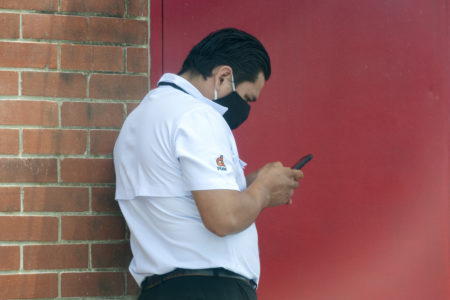
- Latino Young Adult (ages 18‒34) rose by 473%
- Latino Early Middle Age (ages 35‒49) rose by 386%
- Latino Late Middle Age (ages 50‒69) rose by 473%
Worse, the racially-charged inequities many California Latinos are facing become evident when other facts are considered.
The state’s Marin County is a prime example of this. This area, north of San Francisco, has an average 3% positive COVID-19 test rate throughout the general population.
Among Latinos, however, that average number spikes to 20% — it has even gone so high as 40% in this community.
“The roots of this outbreak go so far beyond our health care interventions and are really rooted in how we’ve organized our economy,” Dr. Matt Willis, the county’s health director, told BeLatina News. “People who live in the Canal are three times more likely to live in poverty than the rest of Marin County and are 15 times more likely to share a room with two or more other people.”
Latino Workers’ Experience with COVID-19 Nationally
Some of the most significant rates of infection, fatalities, and other harmful coronavirus statistics are found in communities of color.
It doesn’t help that this group has historically faced systemic inequity and systematic neglect.
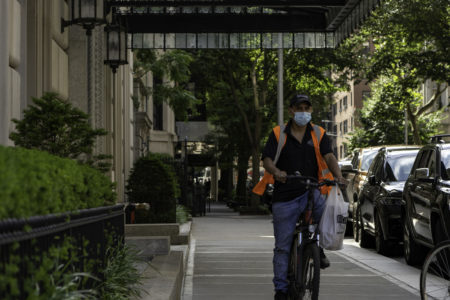 “Latinos have been the essential workers for this county before COVID-19, during COVID-19, and probably after,” Omar Carrera, the CEO of the California non-profit Canal Alliance, told NPR. “So poverty, inequities, the jobs that they perform, the (packed) housing conditions – all of that creates the perfect environment for the virus to spread quickly.”
“Latinos have been the essential workers for this county before COVID-19, during COVID-19, and probably after,” Omar Carrera, the CEO of the California non-profit Canal Alliance, told NPR. “So poverty, inequities, the jobs that they perform, the (packed) housing conditions – all of that creates the perfect environment for the virus to spread quickly.”
While some might think that there is nothing to be done, but without dedicated action things will only get worse — for all Americans.
“Anything that threatens the stability of our economy, like COVID-19’s inroads into the working-age population, needs to be taken seriously,” David E. Hayes-Bautista, the report’s co-author and a health policy professor at the UCLA Fielding School of Public Health, said in a statement. “The virus is falling on the working-age population, and the young Latino population is disproportionately represented in this demographic.”
What You Can Do
Too many Latinos and Americans have suffered at the hands of the coronavirus pandemic.
“These aren’t just numbers. These are people. They’re mothers, fathers, siblings, uncles that are not with us anymore,” Alisha Álvarez, the daughter of José Roberto—a California working Latino who died at the hands of COVID-19—told Telemundo.
Learn how we can keep a focus on health equity even amid a pandemic.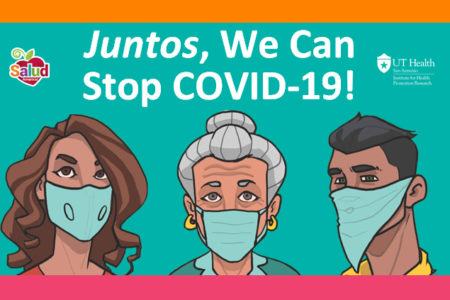
Also, you can take steps of your own to address systemic racism and discrimination. Download the free Salud America! “Get Your City to Declare Racism a Public Health Crisis Action Pack“!
The Action Pack will help you gain feedback from local social justice groups and advocates of color. It will also help you start a conversation with city leaders for a resolution to declare racism a public health issue along with a commitment to take action to change policies and practices. It will also help build local support.
Dr. Amelie G. Ramirez, director of Salud America! at UT Health San Antonio, created this Action Pack with input from several San Antonio-area social justice advocates.
Explore More:
Overcoming Harmful BiasesBy The Numbers
3
Big Excuses
people use to justify discriminatory behavior


